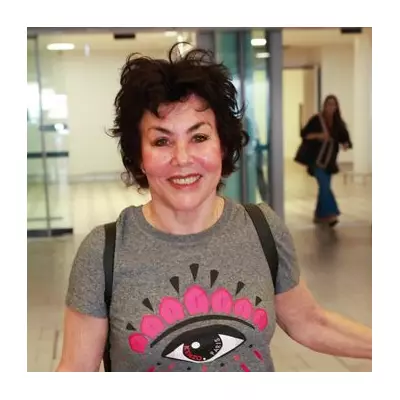
Can a bottle of serum truly restore lost facial volume without the need for needles? This is the question on the lips of many in the beauty community, and one that Sabine Wiesel, a beauty editor for The Independent, set out to answer.
Putting The Ordinary's new volufiline 92% + pal-isoleucine 1% serum to the test over a month, she investigated whether the TikTok-viral ingredient could live up to its considerable hype as a topical 'filler in a bottle'.
Putting the Viral Serum to the Test
As an experienced beauty journalist in her 40s, Sabine Wiesel is no stranger to the signs of natural ageing. She specifically noted volume loss around her eye area, leading to persistent dark circles that made her look tired regardless of how much sleep she got.
Having secured a sample ahead of the product's launch, she incorporated the serum into her morning and evening skincare routines for a full month. Her testing criteria were thorough, examining the formula's composition, the ease of application, and both immediate and long-term results on her skin.
The Science Behind the Plump
The star of the show is volufiline, a molecule derived from plant extracts. Before this launch, it was a rare find in commercial skincare, leading some beauty enthusiasts to purchase the raw ingredient for DIY formulations—a practice Wiesel advises against without medical consultation due to potential irritation.
Volufiline is touted for its ability to stimulate lipid storage, thereby increasing volume in areas where fat pads have diminished, such as under the eyes, cheeks, and temples. The Ordinary has bolstered this effect by combining it with pal-isoleucine, which supports the production of elastin and collagen to further enhance plumping and soften lines.
Application and Real-World Results
The serum is designed for targeted application. Wiesel used it directly on areas of volume loss after moisturiser. She noted the unique one-drop dropper, which differs from the brand's typical pipette, but found it necessary as the runny, oily formula requires a sparing hand to avoid a greasy feel.
A slight tingling sensation, particularly under the eyes, was reported but was not deemed irritating. The most exciting results emerged after consistent use. Around the one-month mark, Wiesel observed a visible difference. Her under-eyes appeared plumper, with shadows becoming less noticeable, giving her a brighter and healthier look. Her cheeks also felt firmer and more youthful, and her smile lines appeared softer.
However, she offers a crucial note of realism: while impressed, she reminds readers that topical skincare cannot replicate the dramatic effects of injectable dermal fillers.
At just £15 for a 15ml bottle, The Ordinary continues its mission of making innovative ingredients accessible. While another tester, Lucy Smith, reported breakouts and sensitivity on her younger, oilier skin, Wiesel's experience suggests the serum may be particularly well-suited for more mature complexions seeking to combat volume loss.





